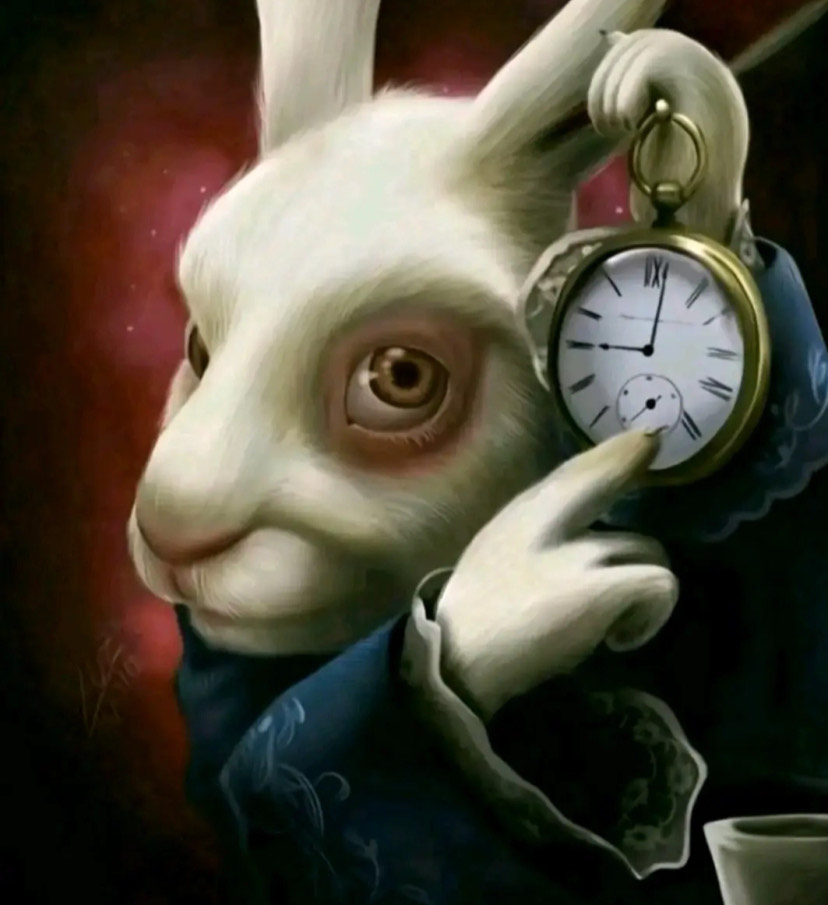B6: Inheritance, variation and evolution
Cards (101)
- What are the two types of reproduction?
- What is sexual reproduction?
- What are the male and female gametes in animals?
- What is a key feature of asexual reproduction?
- What is the result of asexual reproduction?
- How many chromosomes do humans have in body cells?
- What is meiosis?
- What happens to chromosomes during meiosis?
- What is the first stage of meiosis?
- How many gametes are produced at the end of meiosis?
- What is the chromosome number in gametes?
- What happens when an egg and sperm fuse?
- What is the structure of DNA?
- What is a gene?
- What is a genome?
- How are scientists using the human genome?
- What are alleles?
- What is a phenotype?
- What is a genotype?
- What does homozygous mean?
- What does heterozygous mean?
- What are dominant alleles?
- What are recessive alleles?
- How are dominant and recessive alleles represented?
- What is a Punnett square used for?
- What is the phenotype of a child with genotype Big B little b?
- What is the expected ratio of genotypes from two heterozygous parents?
- What is the expected phenotype ratio from two heterozygous parents?
- What is the probability of a child having blue eyes from a heterozygous brown-eyed parent?
- What is the probability of a child having brown eyes from a heterozygous brown-eyed parent?
- What is the expected ratio of smooth to wrinkled offspring from two heterozygous pea plants?
- What is the expected genotype ratio from two heterozygous pea plants?
- What is the phenotype of offspring with genotype little s little s?
- What is the genotype of offspring with smooth phenotype from a heterozygous cross?
- What is the expected phenotype ratio from a cross of two heterozygous smooth pea plants?
- What are the genotypes of the offspring in the example given?
- What percentage of the offspring have the genotype big S little s?
- How can the order of genotypes affect the ratio presented?
- What phenotype do offspring with at least one big S allele exhibit?
- What is the phenotype ratio of smooth to wrinkled offspring?
